World Sockets & Plugs: Do I Need an Adapter? 🔌
Are you planning to travel abroad? Don't let plug problems take you by surprise! On this website, we'll help you determine if you need a plug adapter or a voltage converter for the power outlets in the country you'll be visiting. Simply tell us where you're going and we'll provide you with personalized information about the plugs, outlets, electricity, voltage, and frequency used in the countries you're traveling to.
I'm travelling to...
I'm travelling from...
Types of Plugs
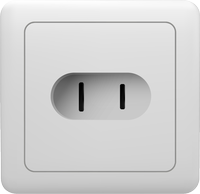

Type A
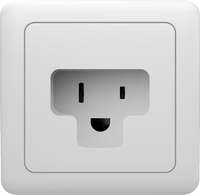

Type B
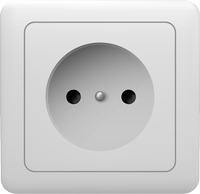

Type C
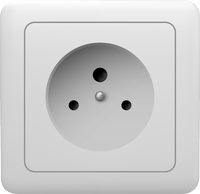

Type D
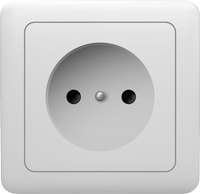

Type E


Type F
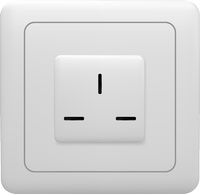

Type G


Type H


Type I


Type J
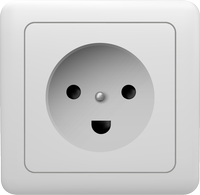

Type K


Type L


Type M
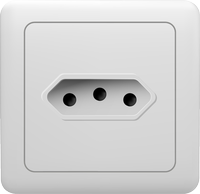

Type N
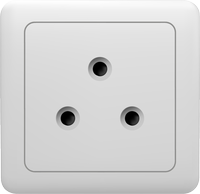

Type O
A bit of history... why so many plugs?
When electricity was discovered and the first electrical appliances began to be used, each country developed its own plug and outlet design. The industry advanced very quickly and no common global standard was developed.
Therefore, each region adopted the design that seemed best according to their own needs and preferences. For example, in the the United States the flat plug design became popular because it was easier to manufacture industrially. On the other hand, in the United Kingdom the round three-pin plug was created because it allowed incorporating a fuse for greater safety.

European countries adopted round designs partly due to the influence of the British model. Also because this design prevents them from easily coming out of the outlet. In Japan the polarized and grounded plug was created to make them safer against shocks.
Thus, each place adopted the plug that best adapted to its own technologies, safety needs and aesthetic preferences. Without global coordination, this diversity of national and regional designs explains the multitude of plug types present today.
Disclaimer
We make every effort to ensure the information on this website is accurate and up-to-date, but we are not responsible for any inaccurate information you may find on this website. We are not liable for any errors, financial loss or damage of any kind that may result from the use of, or reliance on, the information contained on this web page. The information on this website is proprietary, copyrighted and protected by applicable copyright laws.

Leave a Reply